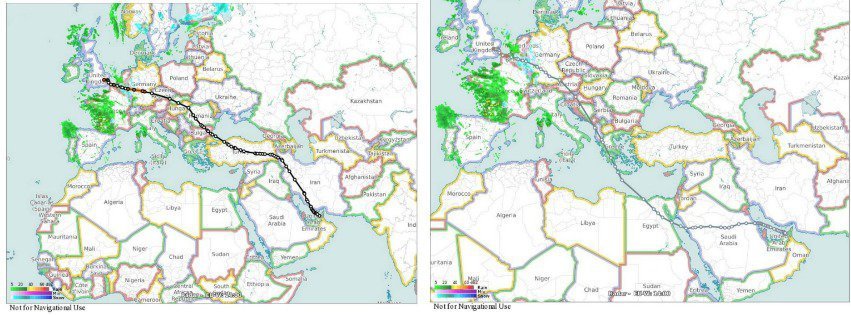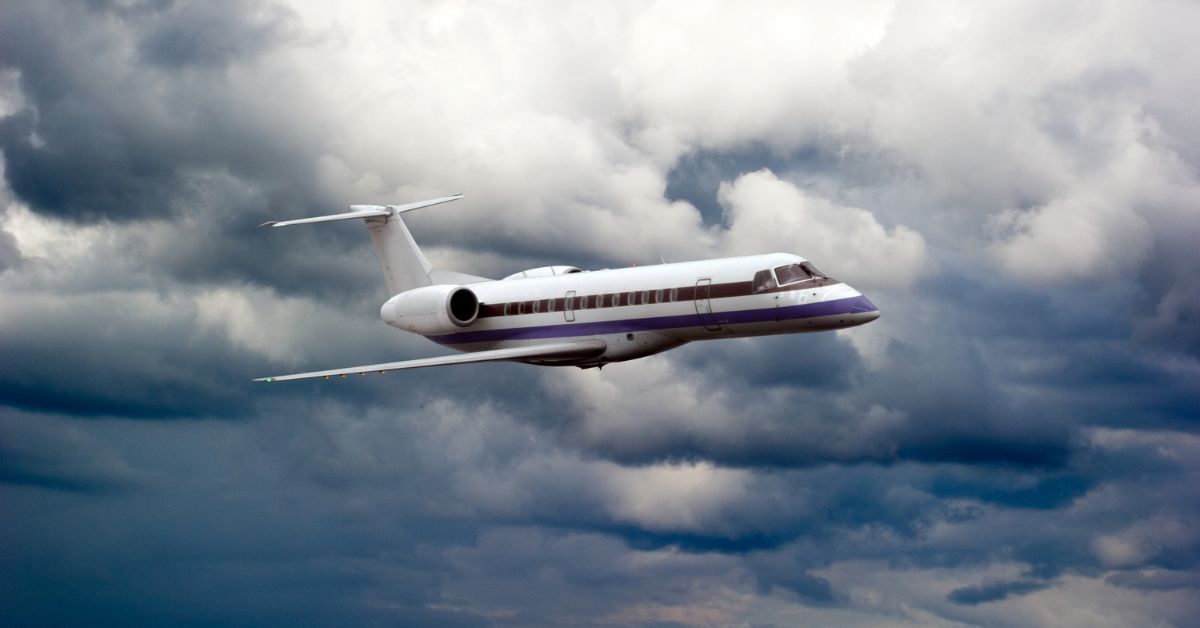The dynamic world of geopolitics and private aviation in the western hemisphere is more than simply dizzying. Economies have evolved globally, leaving men no time to dawdle within their workday. Private aircraft travel emerges as a compatible adjustment to strategize business schedules. Iran receives its fair share of rumors in the media, so US civilians wonder about the nature of its airspace. Fellow aviators and industry resources paint a somewhat different picture than what an average person might expect.
Is it really safe?
Overflying Iran is a usual occurrence for several commercial airlines and air carriers. The US, however, does not permit its air services to enter Iranian skies. The political tension between the two nations makes the rules predictable. The situation suggests that safety is not the guiding element behind the bans.
The Iranian Air-Traffic Control (ATC) specialists are skilled at communication in the English language. The staff is efficient, professional, and adequately trained for their tasks. Execution of duties is timely and orderly. Pilots who have flown legions of hours attest to the smooth and secure transition from the ATC of Tehran. Reportedly, their advisors offer appropriate consultancy to pilots, on par with any other ATC in the world.
US citizens should realize that the Iranian airspace is as safe as it gets. After all, many American nationals fly on internationally registered airplanes. Several American pilots navigate air carriers authorized from the Bermuda, IOM, and other foreign archives. Consider Etihad as an example; it transports a significant percentage of US nationals. However, it is required to traverse the Iranian ATC daily. So, US citizens are essentially crossing Iranian airspace without facing any safety risks as proposed by the media.
Route comparison from London to Dubai

Emergency landings in Iran
In December 2018, a Norwegian Boeing 737 MAX 8 had to make an emergency landing in Iran with more than 160 passengers onboard. The flight route was originally from Dubai to Oslo. Engine failure caused the plane to divert to Shiraz International Airport. The passengers possessed no visas to enter the nation, but they were allowed hotel accommodation for the night. The crew and crowd on board were able to reroute to their destination after Iranian help.
Incidents similar to this reflect the nature of the Iranian airspace. In case of emergencies, assistance is granted to all aircraft in distress.
How did the US embargo on Iran affect aviation?
Iranian economic sanctions placed by the Trump administration severely affected aviation. The Biden presidency has refused to lift these bans. The process of repairing aircraft in Iranian territory is trivial. They made it impossible for any diverted airplane to undergo repairs in Iran. Emergency landings entail technical and medical reasons.
The ICAO has also campaigned for the removal of these restrictions because civilian aviation should remain independent of political disagreements. Maintenance equipment and component parts manufactured beyond 10% US origin are sanctioned from being carried by planes in Iranian skies. Problems like this caused the 2018 Norwegian plane to stay in Iran for 10 weeks, awaiting repair. However, if passengers still remain concerned, the Egyptian and Saudi airspaces are great alternatives. They offer embargo-free ATC for all flights destined for the UAE, Oman, or Asia.
Call Icarus Jet at +1-888-277-7203 or email us at info@icarusjet.com for further queries.




